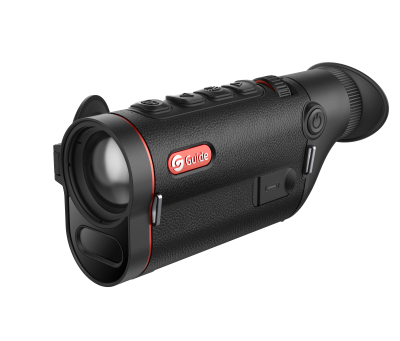
html
Thermal Imaging Monocular: Advanced Night Vision Technology
Thermal imaging monoculars have revolutionized night vision technology, offering unparalleled visibility in complete darkness. Unlike traditional night vision devices that rely on ambient light, thermal monoculars detect heat signatures, making them ideal for a wide range of applications, from military operations to wildlife observation.
How Thermal Imaging Monoculars Work
Thermal imaging monoculars operate by detecting infrared radiation emitted by objects. Every object with a temperature above absolute zero emits heat, and these devices capture this radiation to create a detailed thermal image. The technology converts temperature differences into visual data, displaying warmer objects as brighter and cooler areas as darker.
Key Features of Modern Thermal Monoculars
Today’s thermal imaging monoculars come packed with advanced features:
- High-resolution thermal sensors for crisp imagery
- Multiple color palettes for different viewing conditions
- Long detection ranges (often exceeding 1,000 yards)
- Rugged, waterproof designs for outdoor use
- Built-in video recording and image capture
- Wireless connectivity for real-time sharing
Applications Across Industries
The versatility of thermal imaging monoculars makes them valuable tools in various fields:
Military and Law Enforcement
Special forces and police units use thermal monoculars for surveillance, search and rescue operations, and suspect tracking, especially in low-light conditions.
Hunting and Wildlife Observation
Hunters can easily spot game at night, while researchers monitor nocturnal animals without disturbing their natural behavior.
Home Security and Surveillance
Property owners use thermal imaging to detect intruders or monitor large areas that conventional cameras might miss.
Industrial Inspections
Technicians identify overheating components, electrical faults, or insulation leaks in equipment and buildings.
Choosing the Right Thermal Imaging Monocular
When selecting a thermal monocular, consider these factors:
- Resolution: Higher resolution provides clearer images
- Refresh Rate: 30Hz or higher for smooth motion
- Detection Range: Match to your intended use
- Battery Life: Important for extended operations
- Additional Features: GPS, rangefinders, or wireless capabilities
As thermal imaging technology continues to advance, these devices are becoming more affordable and accessible to civilian users. Whether for professional use or recreational activities, a thermal imaging monocular offers a significant advantage in low-light and no-light conditions.
Keyword: thermal imaging monocular